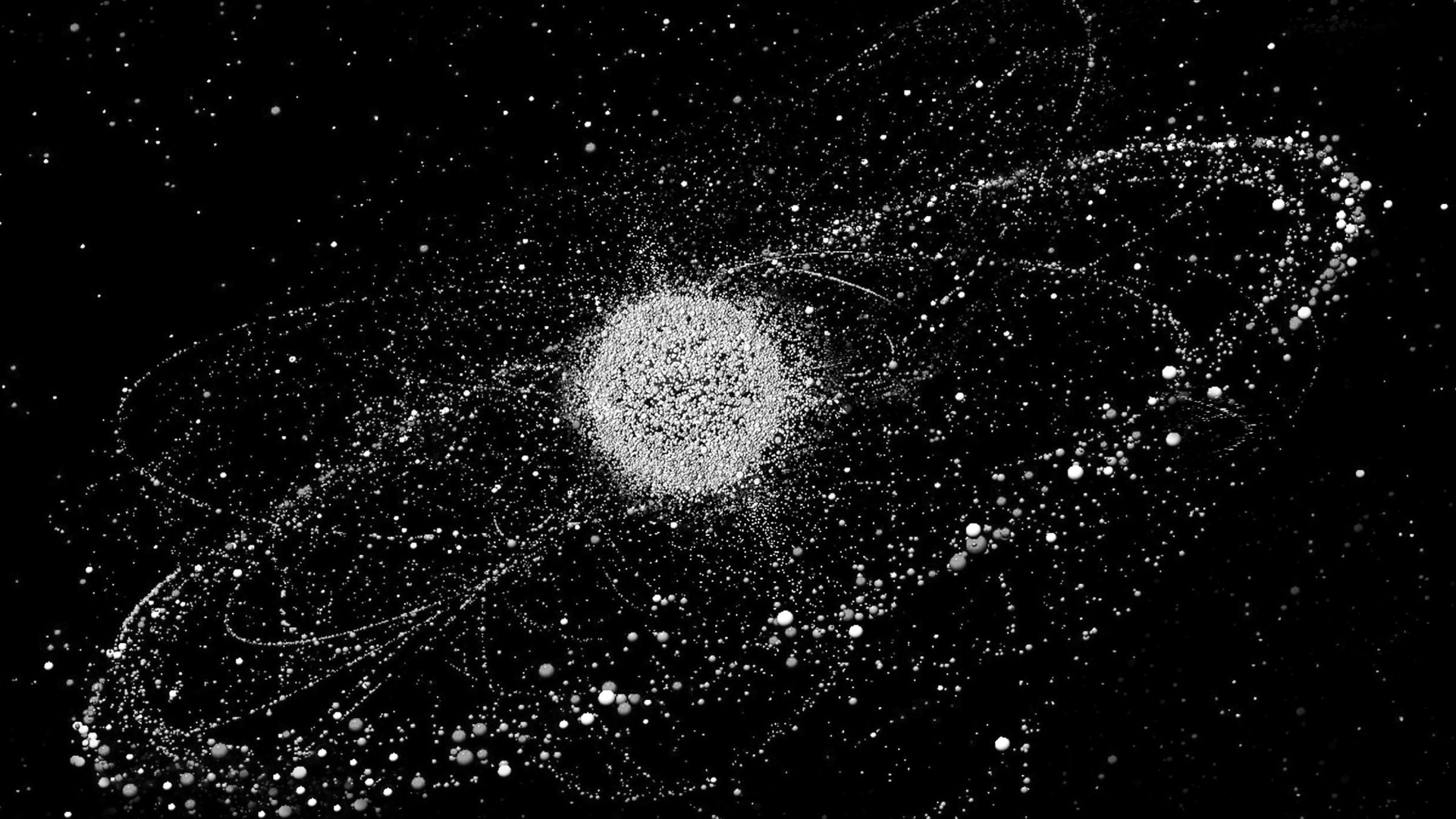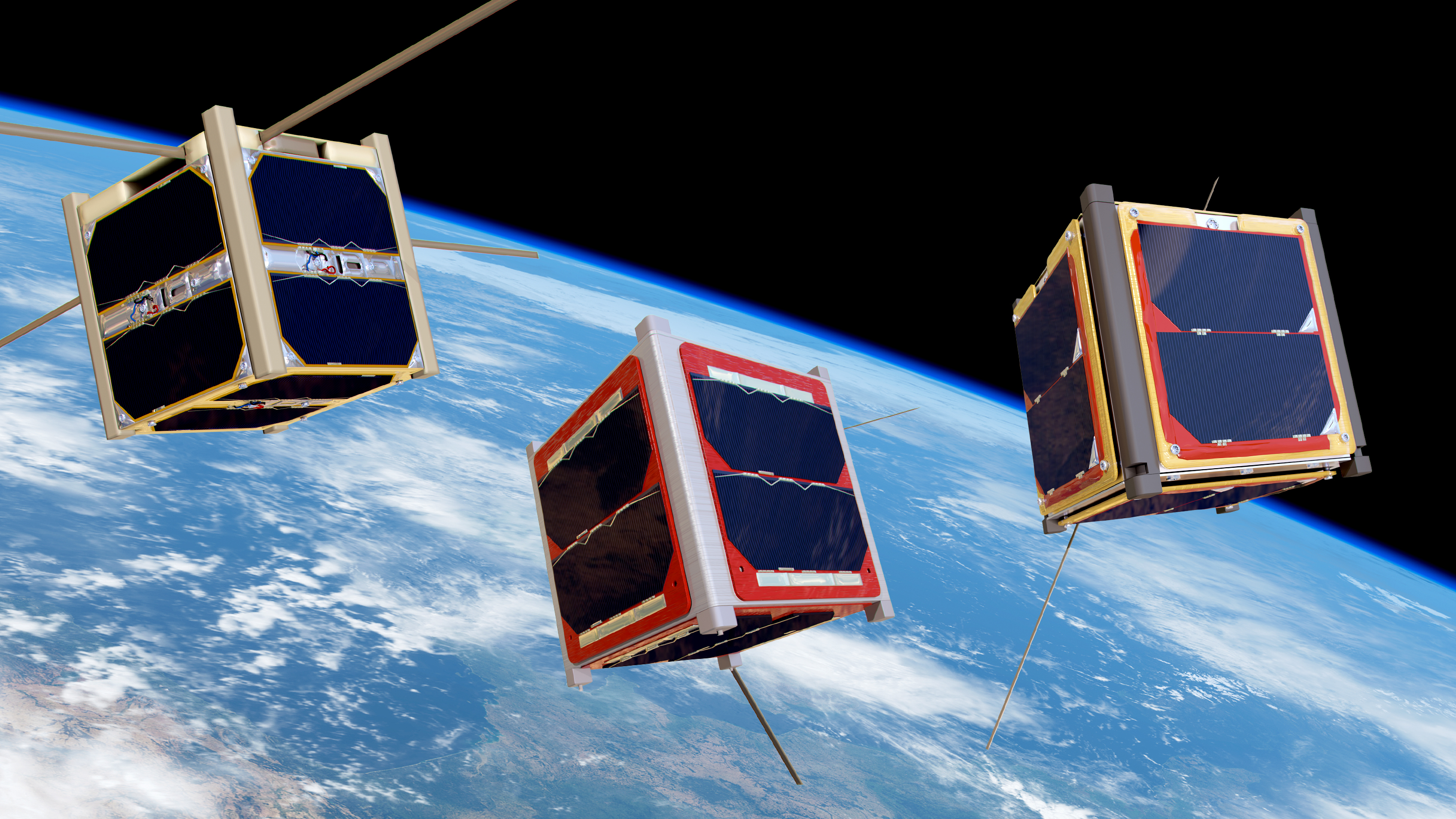On March 15th of 2019, the ESA Clean Space team will present the issue of space debris to the CubeSat community. The team invites you to register to this online event.
The aim of this webinar is to talk about solutions and potential technological improvements that could help CubeSat operators to be compliant with the space debris mitigation guidelines.

The use of CubeSats has skyrocketed in recent years, and this growth is expected to steeply increase in years to come. These satellites provide an affordable access to space, and pave the way for innovation and education.

Cubesats orbiting earth
However, out of concern for the growing problem posed by space debris, space-fairing nations and agencies have internationally created and adopted guidelines which promote a sustainable use of space.
The Space Debris Mitigation guidelines are applicable to every man-made object launched into orbit, including CubeSats.
These requirements constrain the design of missions. But they also provide opportunities to bring on the market innovative technologies to increase the flexibility of missions.
ESA Clean Space wish to be closer to the CubeSat community by opening channels of communication.
When is the Webinar taking place?
The Webinar will take place on March 15th, 2019, from 09:00 to 11:00 CET.
Where is the Webinar taking place?
The Webinar will be an online event, with a link to participate sent a few days before.
How to register?
If you are part of an ESA Member State and are interested to participate, please send an email to cleanspace@esa.int by March 12th, 2019. This email should include:
- full name,
- company,
- country,
- phone number,
- email.





Discussion: 2 comments
What’s real debris risk for cubesat design? cubesats are really small, nanosatellites,, so their cross section exposed to debris flow is very low. There is a serious, more than occasional risk of impact? What’s probabiliy level, 1E-x, x=?
Besides, low orbit typical of hose satellites is someho less risky since most of debris naturally decay fast to atmospheric reentry? For sure design of anowaday satellite need to account for a disposal phase, especially nanosatellites, risking to be next future debris most relevant class
Dear Enrico,
The risk to be impacted by a debris is indeed lower for a CubeSats than for a larger satellite.
However, every year the number of CubeSats in space increases. This lead to a higher risk of collision for themselves and for the larger satellites.
Especially as most CubeSats do not have propulsion to perform collision avoidance manoeuvres if they need to.
Today, space debris experts foresee a serious worsening of the situation if CubeSats do not comply with the space debris mitigation guidelines.
We encourage you to join the discussion on the 15th of March.
Have a great day!